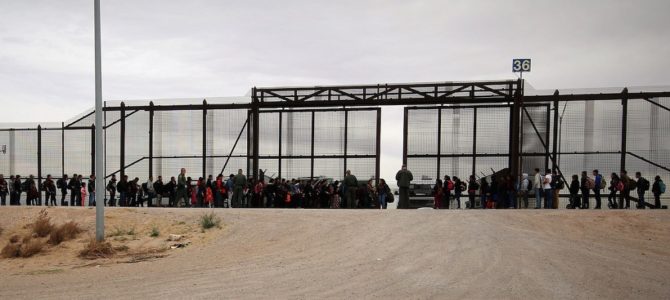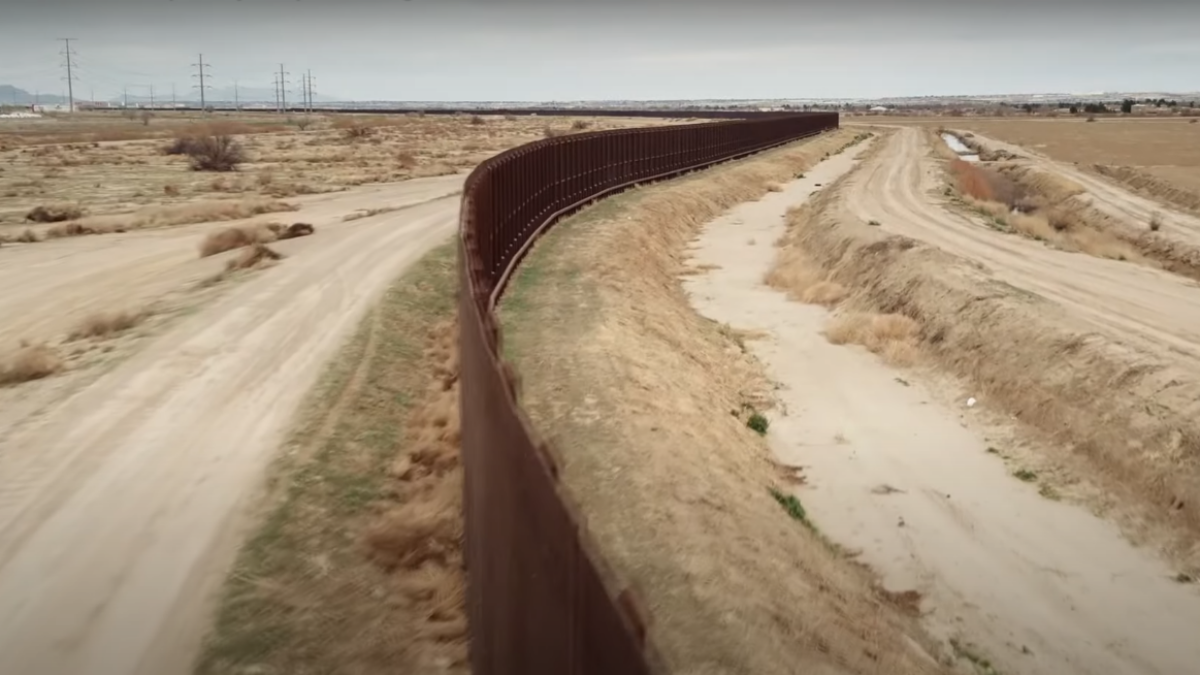
The immigration plan President Trump unveiled in a speech yesterday afternoon seems to have something in it for everyone to hate. Immigration hardliners on the right are upset it doesn’t include a reduction in overall immigration levels. Opponents on the left—who were never going to support a Trump plan, regardless of its merits—say it’s a non-starter because it doesn’t include a path to citizenship for those who illegally crossed the border as minors.
But this lack of support says more about the irreconcilable differences between left and right than it does about the virtues of the proposal itself, which are considerable.
At its most basic level, Trump’s plan aims to reshape our immigration system by prioritizing employment instead of family reunification. Other elements to the plan include bolstering border security and reforming the asylum system, but the most important proposed change is the shift to a “merit-based” system for legal immigration.
Why is that such a big deal? Because the United States, unique among developed countries, maintains a quixotic and outdated immigration system—created in 1965—in which the vast majority of immigrants are admitted through family reunification, often referred to as “chain migration,” and for good reason. If someone comes to the United States on a work visa, he can sponsor his adult parents, who in turn can sponsor their relatives, and so on. When Trump said in his speech Thursday that we’re admitting people based on “random chance,” this, along with our visa lottery system, is what he’s talking about.
Countries like Canada, Australia, New Zealand, the United Kingdom, and Japan don’t do this. They use a points-based system that prioritizes visas for certain kinds of workers. In Canada, for example, there’s no visa lottery, and the vast majority of immigrants are admitted as part of economic programs to meet skills shortages in the labor market. The Canadian points-based system includes categories like education, proficiency in English and French, age, and work experience. Same with Australia and the United Kingdom.
Trump is essentially proposing such a system for the United States. His plan envisions a “Build America visa” that incorporates parts of Sen. Tom Cotton’s 2017 RAISE Act, awarding points based on things like age, special skills, a job offer, an advanced education, and a plan to create jobs.
While the details are still scant—Trump’s announcement Thursday wasn’t accompanied by a bill or any legislative language—the administration is essentially proposing a system that looks a lot like what other peer countries have. As it is, Trump said, “We discriminate against genius, we discriminate against brilliance,” which in a sense we do. To the extent Trump wants to change that, he’s on the right track.
Of course, some on the left will characterize this, as one Vox reporter did, as “keeping the poors out,” when in reality it would merely bring U.S. immigration policy into alignment with what the rest of the developed world does.
Imperfection Is Not A Good Reason to Oppose This Plan
As a practical matter, if Trump’s plan ever became policy it would likely dramatically increase immigration from Asia. More than 80 percent of those whose employment-based visas have been approved but are held up by annual caps live in China, India, and the Philippines. A majority of immigrants from Asia have bachelor’s degrees, and would therefore have a decided advantage in vying for work visas under this new system.
That said, the plan unveiled Thursday has almost no chance of becoming law. It’s effectively a 2020 campaign document, meant to define what the Trump administration—and by extension, the GOP—supports, and force Democrats to react to it. But that’s another reason immigration hawks on the right, like the Center for Immigration Studies’ Mark Krikorian, oppose it. “Formally embracing the current legal-immigration level of more than one million each year would mean that the GOP, as on so many issues before, would simply be the Democrat-lite party, wanting to go in the same direction, just more slowly,” writes Krikorian.
Another mark against the plan, at least for some conservatives, is that it doesn’t address the current border crisis, which is being driven by Central American families and minors seeking asylum after illegally crossing the southwest border. A bill unveiled Wednesday by Sen. Lindsey Graham would tackle this, requiring Central Americans to apply for asylum in their home countries, increasing the amount of time families and children can be detained, from 20 days to 100, and adding 500 judges to tackle a massive backlog of immigration cases.
Whatever the particular complaints the right might have with the administration’s proposed immigration overhaul, conservatives should at least by able to agree that the current, 1960s-era system has outlived its usefulness and that we need a modernized immigration system that puts the American economy and American interests first. That’s the direction Trump’s plan would take us, and it’s about time.









